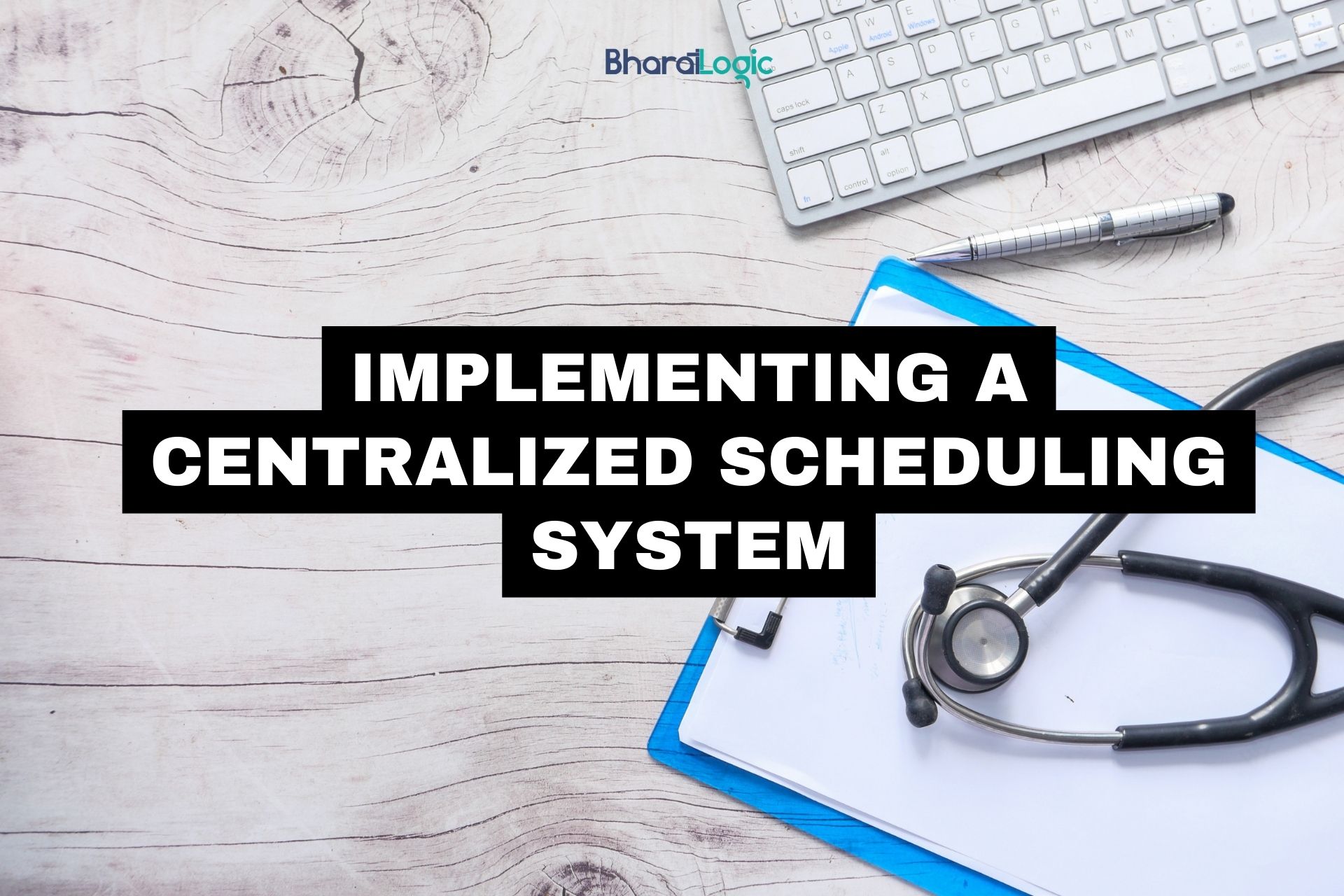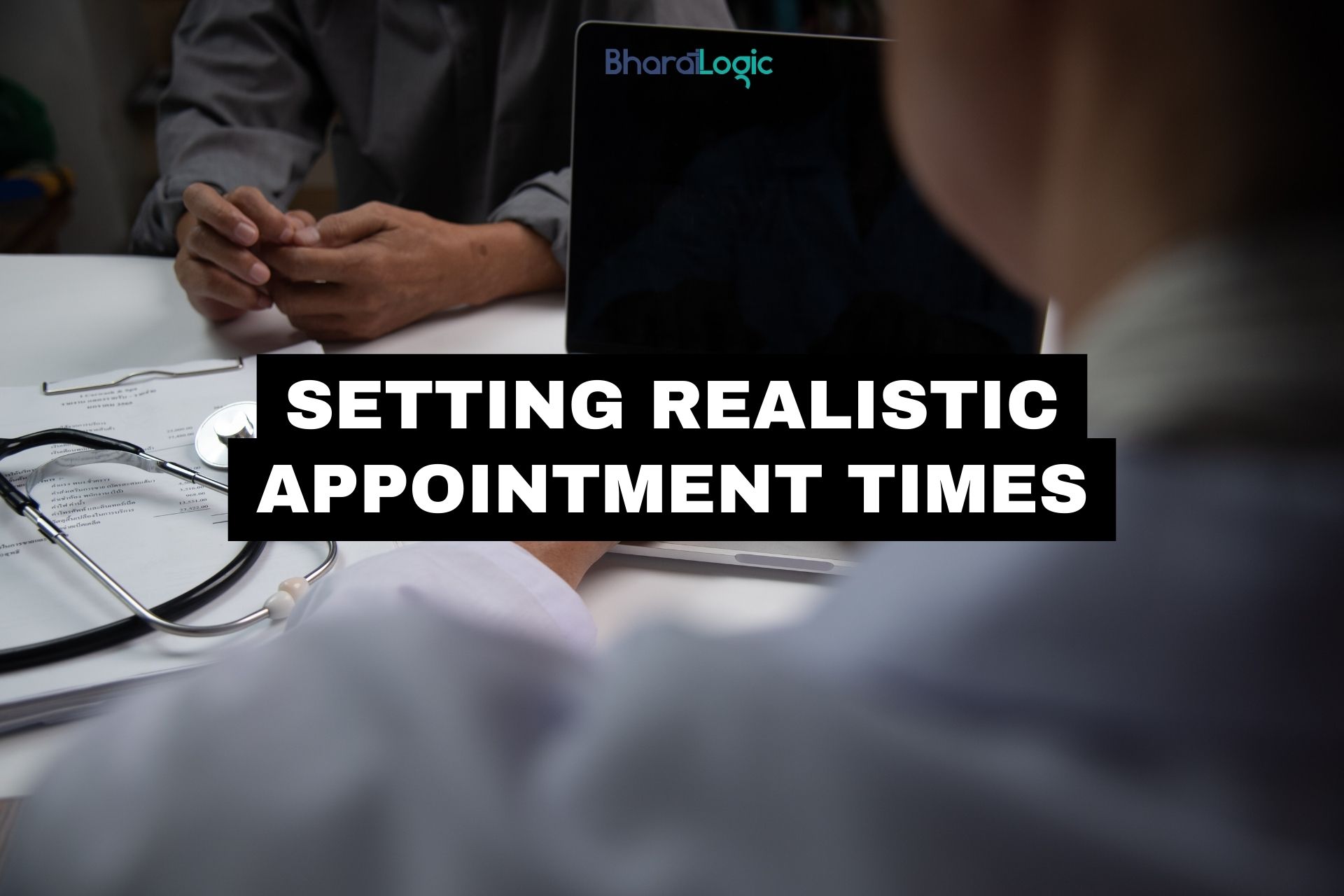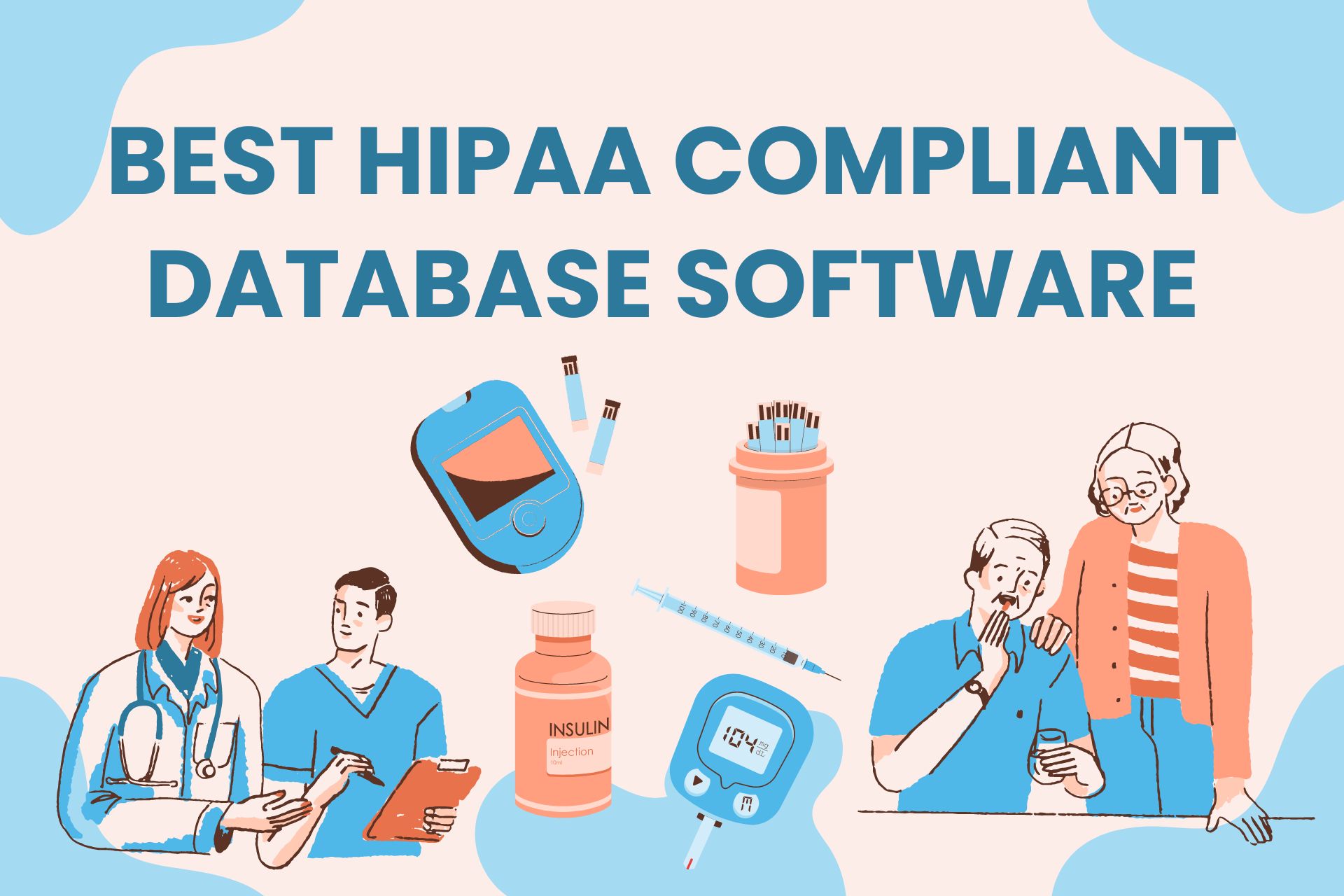Effective Patient Scheduling: Key Practices for Healthcare Professionals
In today’s fast-paced healthcare environment, patient scheduling plays a crucial role in ensuring efficient and effective patient care. A well-organized schedule not only helps healthcare professionals manage their time effectively but also ensures that patients receive timely and appropriate care. In this blog, we will discuss some key practices for healthcare professionals to optimize patient scheduling and improve overall patient experience.
Table of Contents
ToggleUnderstanding Patient Needs and Preferences

The first step in effective patient scheduling is to understand the needs and preferences of your patients. Take the time to get to know your patients, their medical history, and any specific requirements they may have. This will help you tailor their care to meet their individual needs and ensure that their appointments are scheduled at convenient times for them.
It is also important to consider factors such as language barriers, mobility issues, or transportation challenges when scheduling appointments. By taking these factors into account, healthcare professionals can help ensure that all patients have equal access to care and receive the support they need to attend their appointments.
Implementing a Centralized Scheduling System

One key practice for optimizing patient scheduling is to implement a centralized scheduling system. This system enables healthcare professionals to easily access and manage their schedules, as well as coordinate appointments across multiple departments or locations.
A centralized scheduling system can also help prevent double bookings, minimize wait times, and improve communication between healthcare providers and patients. By having a single point of contact for scheduling appointments, patients can receive consistent and efficient care, which can lead to improved patient satisfaction and outcomes.
Utilizing Technology to Streamline Scheduling

Advances in technology have made it easier than ever for healthcare professionals to streamline their patient scheduling processes. Online appointment scheduling platforms, electronic health records, and mobile apps can all help healthcare professionals manage their schedules more efficiently and communicate with patients more effectively.
By utilizing technology to automate scheduling tasks, healthcare professionals can free up time to focus on patient care and reduce the risk of errors or missed appointments. Additionally, technology tools can provide patients with more flexibility and convenience when scheduling appointments, leading to a more positive patient experience.
Setting Realistic Appointment Times

When scheduling appointments, it is important for healthcare professionals to set realistic appointment times that allow for adequate time with each patient. Rushing through appointments or overbooking can lead to decreased patient satisfaction, increased wait times, and lower quality of care.
By setting realistic appointment times, healthcare professionals can ensure that patients receive the attention and care they need without feeling rushed or overlooked. This can also help healthcare professionals avoid running behind schedule, which can impact patient flow and overall practice efficiency.
Prioritizing Urgent and Follow-Up Appointments

In a busy healthcare practice, it is important for healthcare professionals to prioritize urgent and follow-up appointments to ensure that patients with acute or chronic conditions receive timely and appropriate care. By setting aside time in their schedules for urgent appointments, healthcare professionals can quickly address patients’ medical needs and prevent unnecessary delays in treatment.
Similarly, follow-up appointments play a crucial role in managing chronic conditions and tracking patients’ progress over time. By scheduling follow-up appointments in advance or utilizing reminder systems, healthcare professionals can help ensure that patients stay on track with their treatment plans and receive the ongoing care they need.
Creating Buffer Times and Flexibility in Scheduling

Another key practice for effective patient scheduling is to create buffer times and build flexibility into schedules to accommodate unexpected delays or emergencies. By allowing for extra time between appointments, healthcare professionals can better manage unexpected events and ensure that patients are not kept waiting unnecessarily.
Additionally, building flexibility into schedules can help healthcare professionals accommodate last-minute appointment requests, walk-in patients, or changes in patient needs. This can improve patient access to care and demonstrate a commitment to meeting patients’ needs in a timely and efficient manner.
Also : Exploring the Future of Telemedicine
Communicating Proactively with Patients

Effective communication is essential for successful patient scheduling and overall patient care. Healthcare professionals should communicate proactively with patients to confirm appointments, provide reminders, and address any questions or concerns they may have.
By keeping patients informed and engaged throughout the scheduling process, healthcare professionals can help reduce no-shows, improve patient compliance with treatment plans, and build trust and rapport with patients. Clear and consistent communication can also help patients feel more confident in the care they receive and contribute to a positive overall patient experience.
Evaluating and Adjusting Scheduling Practices

Finally, healthcare professionals should regularly evaluate and adjust their scheduling practices to ensure that they are meeting the needs of their patients and practice. By collecting feedback from patients, tracking key performance indicators, and analyzing scheduling data, healthcare professionals can identify areas for improvement and implement changes to optimize their schedules.
Continuous monitoring and improvement of scheduling practices can help healthcare professionals stay ahead of the curve, adapt to evolving patient needs, and deliver high-quality care in a timely and efficient manner. By taking a proactive approach to scheduling, healthcare professionals can enhance the overall patient experience and achieve better outcomes for their patients.
Conclusion
If you’re planning to create one for your business, bharatlogic can help you. bharatlogic is a leading native and cross-platform software development company you can rely on for your upcoming projects.
FAQ
Patient scheduling is the process of organizing and arranging appointments for patients to see healthcare professionals. It is important because it helps ensure that patients receive timely care, reduces wait times, and maximizes the efficiency of healthcare providers.
Some key practices for effective patient scheduling include setting realistic appointment durations, managing no-shows and cancellations, utilizing scheduling software, prioritizing urgent cases, and establishing clear communication with patients.
Healthcare professionals can effectively manage no-shows and cancellations by implementing reminder systems, establishing a cancellation policy, offering same-day appointments to fill empty slots, and tracking patterns of missed appointments to identify areas for improvement.ccordion Content
Healthcare professionals can improve communication with patients regarding their appointments by providing clear instructions on how to schedule and confirm appointments, offering reminders through phone calls or text messages, and explaining the importance of adhering to the appointment schedule. Open communication can help reduce missed appointments and improve patient satisfaction.




